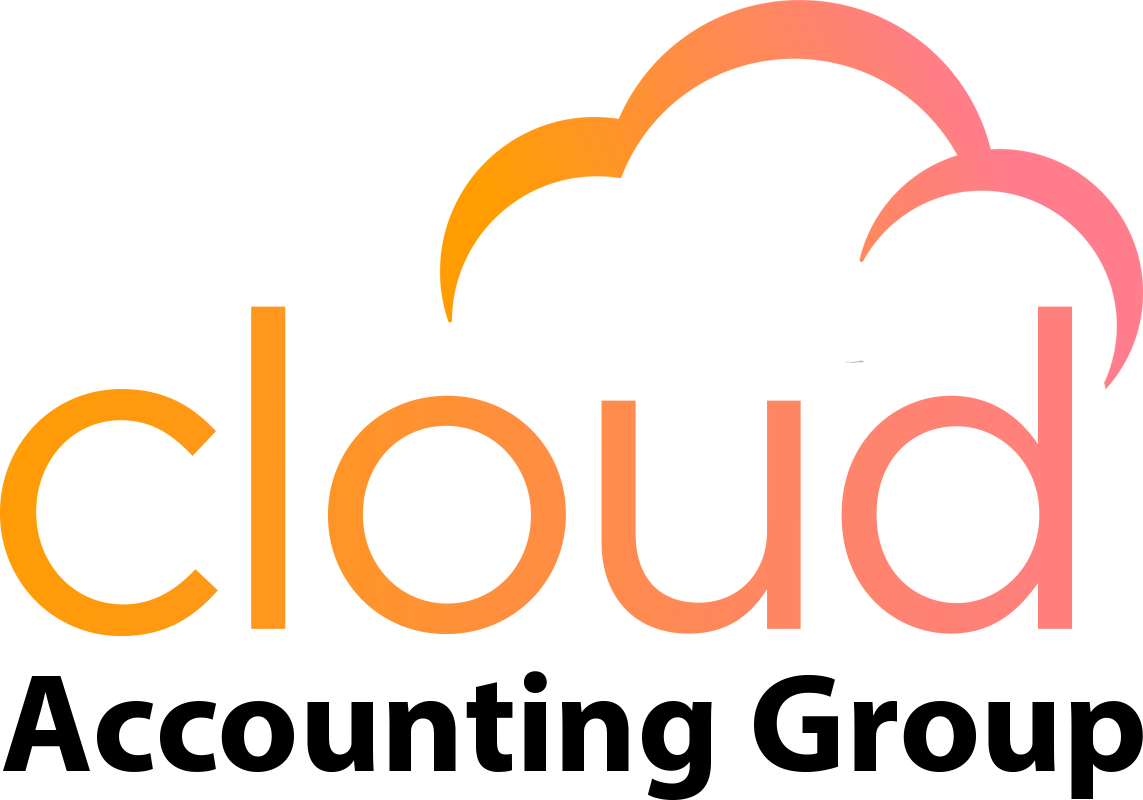As 2023 comes to an end, businesses are gearing up for the task of closing their books and preparing for tax returns. It’s a crucial time where attention to detail and proper planning can save time, money, and reduce stress. We will explore the top 10 year-end accounting practices to not only ensure close your books with confidence, but also set you up to grow efficiently in 2024.
1. Reconcile Your Accounts
The first step in preparing for year-end is to reconcile your bank accounts. This involves comparing your accounting records with your bank statements to ensure that all transactions have been accurately recorded. By identifying any discrepancies or errors, you can make the necessary adjustments and ensure the accuracy of your financial records.
To make the reconciliation process easier, consider using accounting software like Xero or QuickBooks Online. These tools can automate the process and provide a clear overview of your accounts, making it easier to identify any discrepancies.
Of course, if you are a CloudCPA client, this is already done!
2. Review Bank and Credit Card Statements
In addition to reconciling your bank accounts, it’s important to review your bank and credit card statements. This step ensures that you have accurately recorded all earnings and expenses related to bank and credit card transactions. By flagging any suspicious charges and addressing them with your credit card company, you can maintain the integrity of your financial records.
Properly recording and coding your transactions is crucial for generating reliable reports and gaining insights into your business’s financial performance.
3. Collect W9s for Vendors
If your business pays vendors $600 or more for services, you may need to issue Form 1099-MISC. To generate these forms accurately, it’s essential to collect W9 forms from your vendors before beginning any work or issuing payments. This practice ensures compliance with tax regulations and simplifies the process of reporting payments to the IRS.
By obtaining W9 forms in advance, you can avoid delays and potential penalties associated with incorrect or missing information. Make it a best practice to request W9 forms from your vendors as you engage with them and before executing in any financial transactions.
4. Check Your Accounts Receivable and Invoices
Regularly reviewing your accounts receivable is crucial for maintaining healthy cash flow. As part of your year-end preparations, run an aged receivables report to identify any outstanding invoices. Pay close attention to the column showing the oldest invoices, as this is where you are likely to find errors or issues.
Take the time to investigate any suspicious items and reach out to customers who owe you money. Clear communication about payment status can help ensure timely payments and reduce the risk of delinquent accounts. Marking invoices as paid before closing the books is essential for accurate financial reporting.
5. Verify Payroll Information
Before issuing Form W-2 to your employees, it’s essential to verify all payroll information. Check for any missing or incorrect names, Social Security numbers, or other relevant details. Errors in this information can result in penalties, so it’s crucial to double-check before finalizing payroll documents.
When planning bonus payments, consider the tax implications for employees on local, state, and federal levels. Timing and accuracy are key when it comes to bonus payments, as they can affect an employee’s tax bracket. Ensure compliance and avoid potential issues by carefully reviewing and preparing payroll documents.
6. Conduct Inventory Counts
If your business deals with inventory, conducting year-end inventory counts is essential. This process allows you to reconcile your physical inventory with the records in your accounting system. By identifying any discrepancies, you can correct errors and ensure the accuracy of your inventory valuation on your balance sheet.
Consider conducting inventory counts close to year-end to minimize discrepancies caused by subsequent transactions. Use this opportunity to assess your inventory management processes and identify areas for improvement. By fine-tuning your inventory counts, you can streamline operations and reduce errors in the future.
7. Record Year-End Accruals
Accruals are adjusting entries made at year-end to ensure that revenue and expenses are recorded in the correct fiscal year. Examples of year-end accruals include depreciation expenses, payroll accruals, services received but not yet billed, and payments made for services not yet received.
Recording these accruals is crucial for accurate financial reporting and compliance with accounting standards. Proper accounting for these items is important, as it allows you to present a more accurate picture of your business’s financial performance and ensure that revenues and expenses are appropriately allocated to the correct year.
8. Review Your Financial Statements
Once you have completed the necessary reconciliations and adjustments, it’s time to review your financial statements. Start with the Balance Sheet, ensuring that all assets, liabilities, and equity accounts are accurately recorded and classified. Look out for any items that should be reclassified or removed from the balance sheet.
Next, review your Profit and Loss Statement (P&L). This report provides insights into your business’s profitability by detailing revenue and expenses for a specific period. Analyze the figures, looking for any discrepancies or unexpected results. Use this information to forecast future sales and expenses and make informed business decisions.
9. Make Any Necessary Journal Entries
After reviewing your financial statements, it’s essential to make any necessary journal entries. These entries may include adjustments for depreciation expenses, prepaid expenses, or accruals.
Take the time to review your accounts and identify any items that require adjustment. By addressing these issues before closing the books, you can prevent errors and ensure the integrity of your financial statements.
10. Lock the Period
As you approach the end of the year, it’s crucial to lock the period in your accounting software. This step prevents accidental changes to your financial records and ensures that all transactions are recorded in the correct fiscal year. Setting a lock allows you to maintain the integrity of your financial data and gain a clear understanding of your business’s performance.
How to lock the period in Xero
How to lock the period in QuickBooks Online
Remember, accurate and reliable financial records are the foundation for making informed business decisions and meeting regulatory requirements. By following these year-end accounting practices, you can close your books with confidence and set your business up for success in the coming year.
Final Thoughts…
Closing your books at the end of the year is a critical task that requires careful attention to detail and planning. By following the steps above you can ensure that your financial records are accurate, compliant, and provide valuable insights into your business’s performance.
Start early, stay organized, and leverage accounting software to streamline the process. With proper preparation and execution, you can close out the year on a strong financial note and set yourself up for a successful year ahead.
CloudCPA Clients don’t have to worry about any of this and can focus on driving revenue during the busy season and enjoy some relaxing downtime with their friends and family.
Book a call with us to learn more about how we can help!

 CALL US NOW
CALL US NOW







